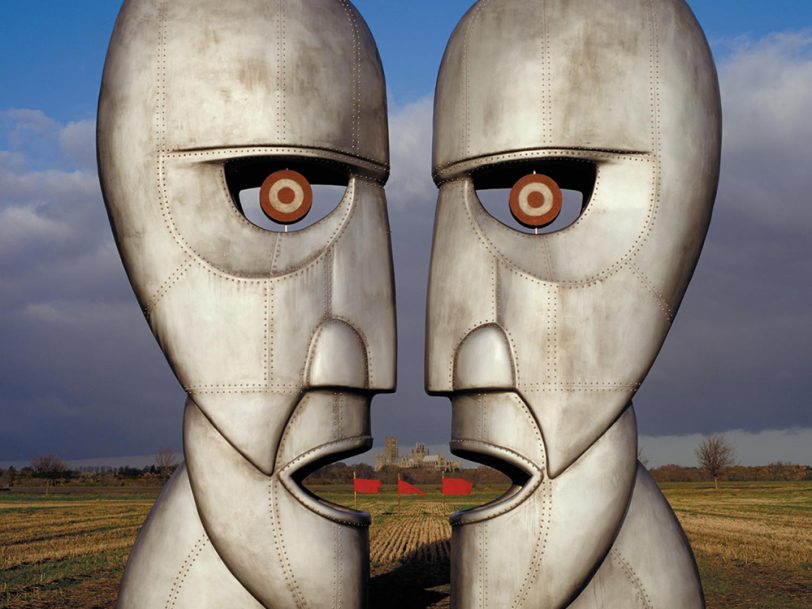Released on 28 March 1994, Pink Floyd’s 14th studio album, The Division Bell, marked a welcome return from the legendary progressive rock band. Recorded at various studios, including Britannia Row, in London, and David Gilmour’s houseboat facility, Astoria, the album saw Pink Floyd deliver a work that, almost three decades on from their breakthrough, proved they were still redrawing the boundaries of what it was possible for a band to achieve on record.
Selling over three million copies worldwide, The Division Bell’s unprecedented success led to a huge resurgence in Pink Floyd’s popularity, and the group’s subsequent Division Bell Tour would go on to become one of the highest-grossing tours of all time. As revealed by this track-by-track guide through each of the album’s 11 songs, The Division Bell succeeded in reasserting the group’s cultural relevance and introducing their timeless brand of genre-defining prog-rock to new generations of fans.
Listen to ‘The Division Bell’ here.
‘The Division Bell’ Track-By-Track: A Guide To Every Song On The Album
Cluster One
Coming into orbit with an electromagnetic signal recording of solar winds, Cluster One is a cosmic-sounding instrumental with divine synths reminiscent of Shine On You Crazy Diamond, from 1975’s Wish You Were Here. Calmly drawing listeners in, The Division Bell’s opening track maintains an ethereal vibe throughout, moving from a wave of ambient noise before gentle, twinkling piano tones and brooding guitar riffs guide the track into a light and airy prelude of unparalleled tranquillity. It’s understated proof that nobody does sparse and atmospheric soundscapes better than Pink Floyd.




